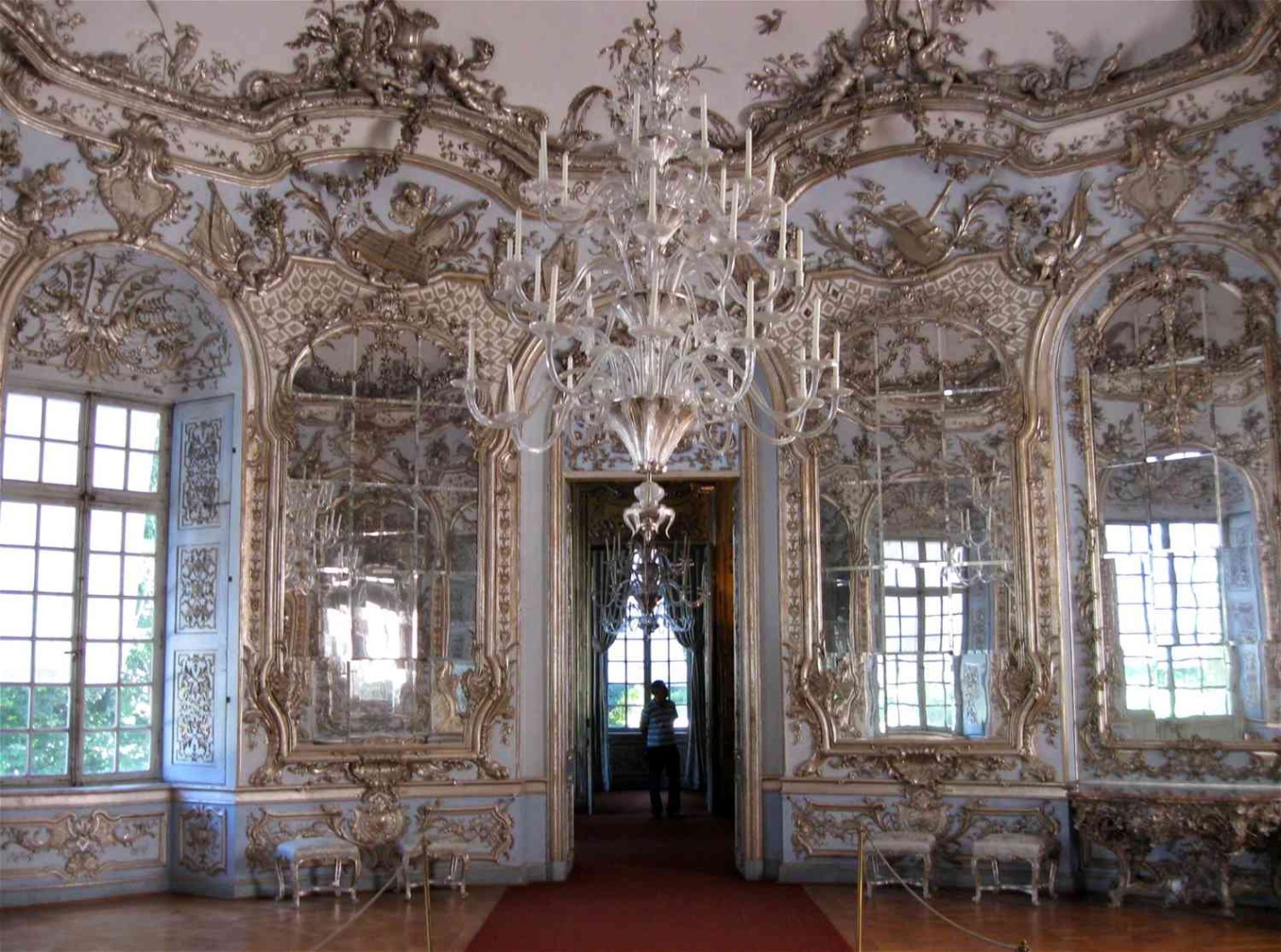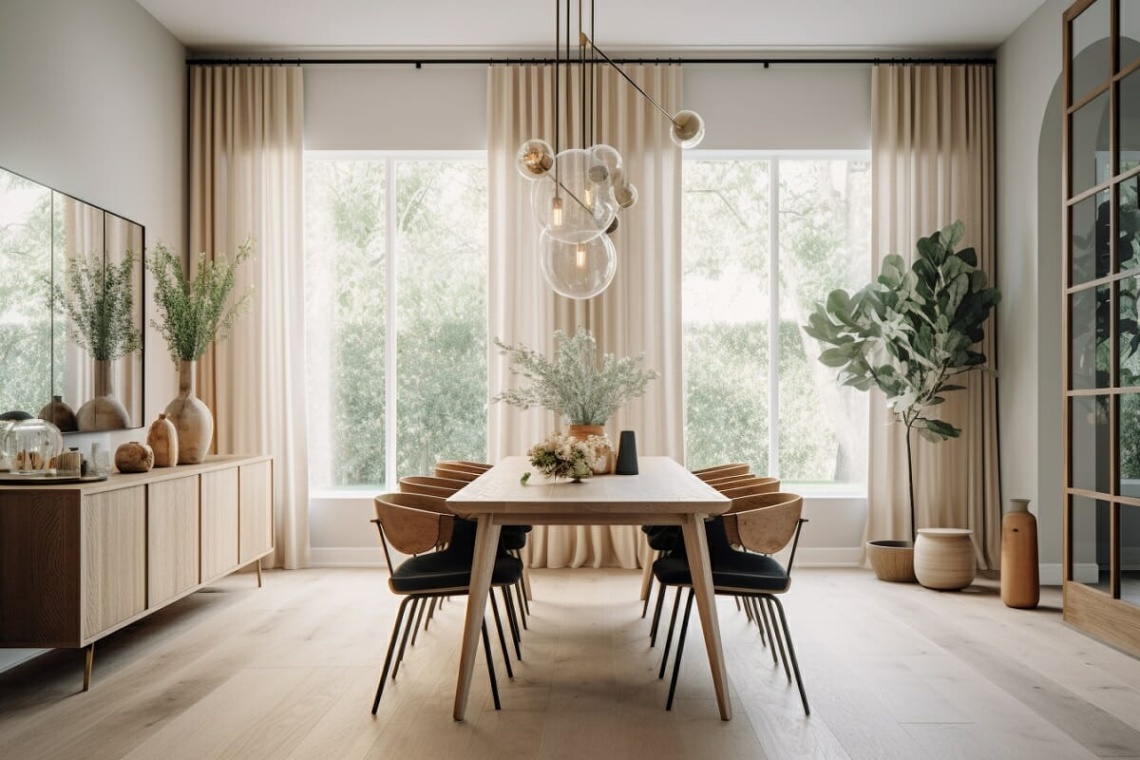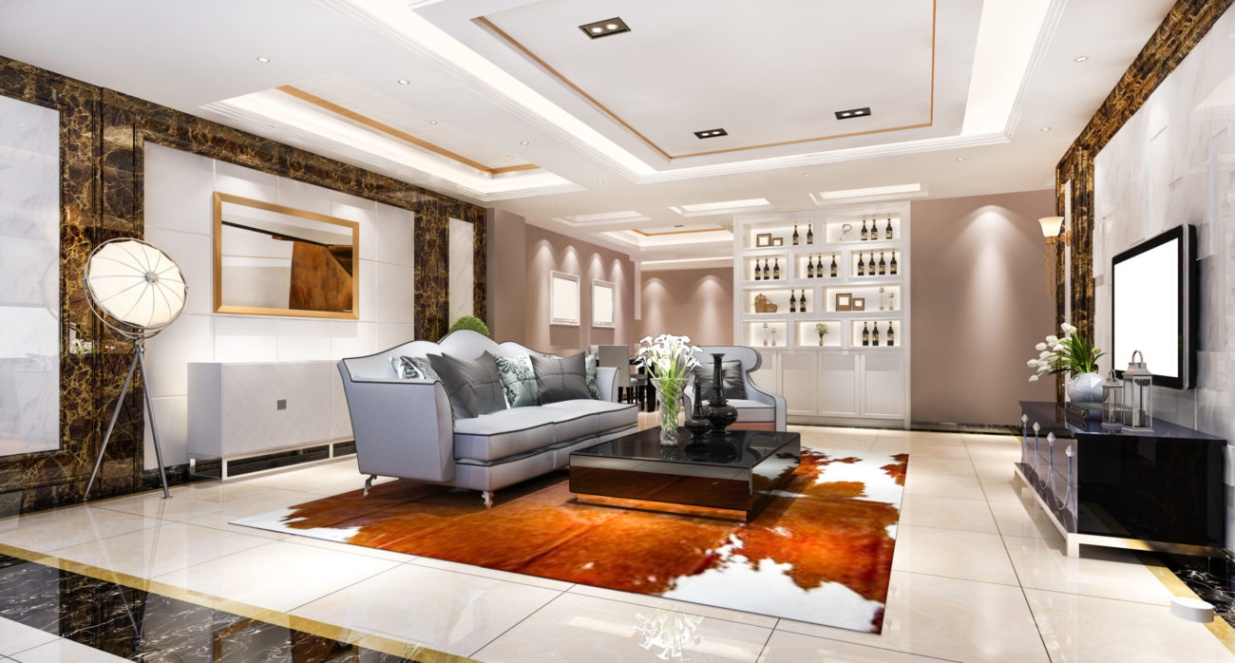Discover Your Ideal Climate Zone!
Have you ever wondered what your ideal climate zone is? Do you dream of living in a place where the weather is perfect all year round? Well, look no further because we’re here to help you find your comfort zone!

Image Source: ytimg.com
When it comes to designing buildings and setting temperature guidelines, the American Society of Heating, Refrigerating, and Air Conditioning Engineers (ASHRAE) has come up with a system that categorizes different cities into climate zones based on their typical weather patterns. This system helps architects and engineers design buildings that are energy-efficient and comfortable for occupants.
So, how do you discover your ideal climate zone? It’s simple! Just take a look at the ASHRAE Climate Zone Map, which divides North America into different zones based on temperature and humidity levels. Each zone has its own set of design temperatures that are used to determine the heating and cooling requirements for buildings in that area.

Image Source: pharmaceuticalhvac.com
For example, if you live in a city that falls into Climate Zone 1, you can expect hot and humid summers with mild winters. This means that buildings in this zone need to be designed to handle high humidity levels and provide effective cooling solutions during the summer months.
On the other hand, if you’re in Climate Zone 4, you can expect cold winters with mild summers. Buildings in this zone need to be well-insulated and equipped with efficient heating systems to keep occupants warm during the winter months.
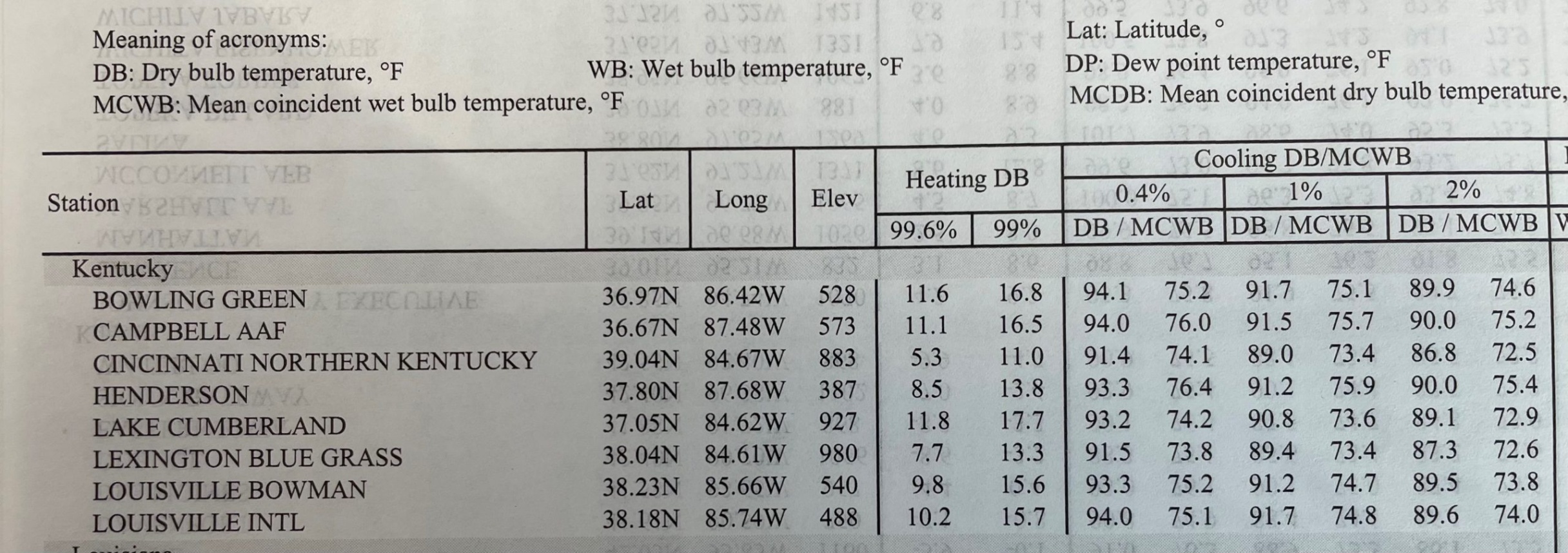
Image Source: airequipmentcompany.com
No matter which climate zone you find yourself in, it’s important to understand the unique weather patterns of your area and design buildings that can effectively regulate indoor temperatures to ensure comfort and energy efficiency.
So, whether you prefer the sunny skies of Climate Zone 2 or the snowy winters of Climate Zone 5, there’s a perfect climate zone out there for everyone. Discovering your ideal climate zone is the first step towards creating a comfortable and sustainable living environment for yourself and your community.
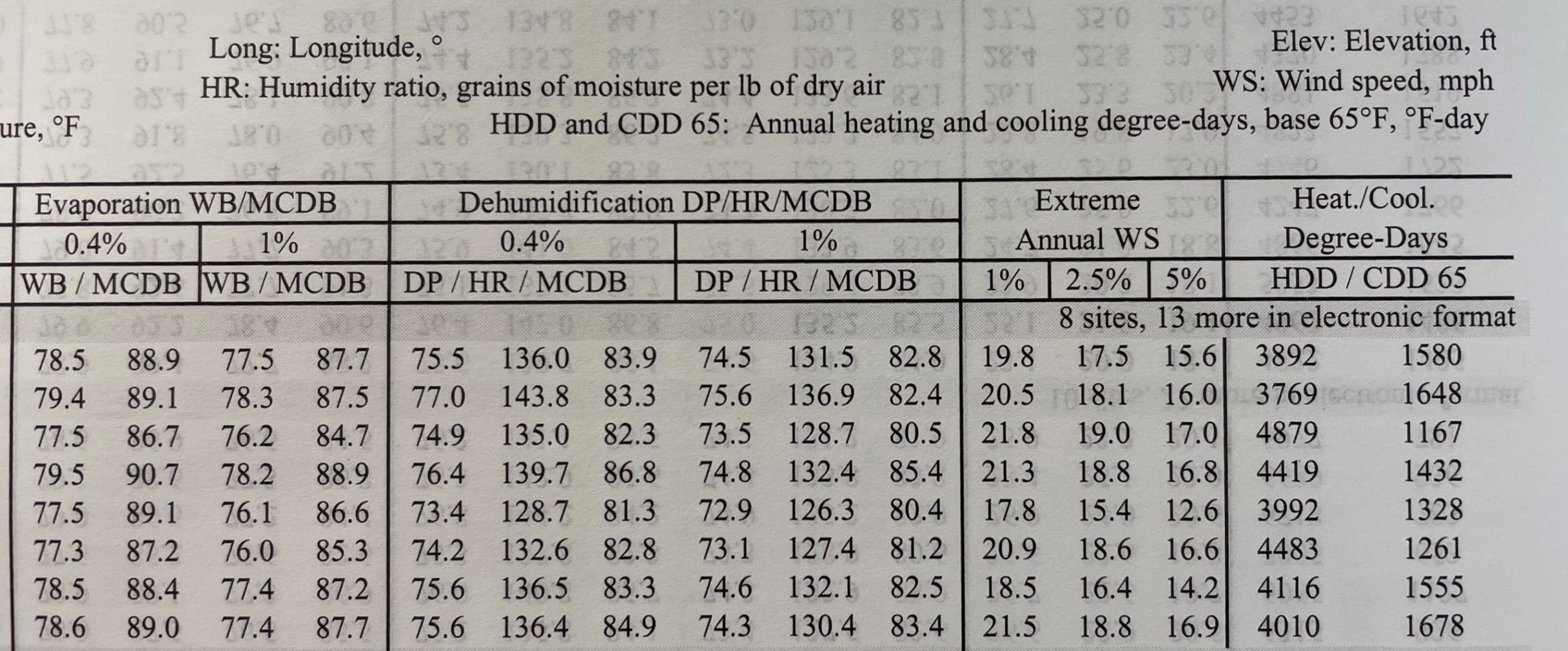
Image Source: airequipmentcompany.com
Next time you’re planning a new building project or looking to upgrade your Home‘s HVAC system, consider the ASHRAE Climate Zone Map and design temperatures to ensure that your space is optimized for comfort and efficiency. Happy exploring and may you find your perfect climate zone!
ASHRAE Design Temps Made Fun
Welcome to the exciting world of ASHRAE design temperatures! If you’re someone who loves to geek out over climate data and city temperatures, then you’re in for a treat. ASHRAE (American Society of Heating, Refrigerating and Air-Conditioning Engineers) has created a comprehensive list of design temperatures for cities across the map, helping designers and engineers optimize building systems for maximum comfort and efficiency.

Image Source: scribdassets.com
But who says learning about design temperatures has to be boring? Let’s inject some fun into this topic and explore how ASHRAE design temps can actually be quite entertaining!
Imagine this: you’re scrolling through the list of ASHRAE design temperatures for various cities, and suddenly you come across a city that has an unusually high design temperature. You may wonder, How do people in that city stay cool in such scorching heat? This curiosity can lead you to delve deeper into the unique strategies and technologies that are employed in that particular region to combat the extreme temperatures.
On the flip side, you might stumble upon a city with a remarkably low design temperature. You may find yourself picturing cozy winter scenes with snow-covered streets and people bundled up in layers. This can spark your imagination and transport you to a winter wonderland, making you appreciate the diversity of climates around the world.
The beauty of ASHRAE design temperatures is that they offer a glimpse into the various climate zones and weather patterns that exist across the globe. By exploring these temperatures, you can gain a better understanding of how different regions adapt to their unique climates, whether it’s through advanced HVAC systems, innovative building designs, or simply embracing the elements and living in harmony with nature.
But it’s not just about learning and observation – ASHRAE design temperatures can also inspire creativity and innovation. Designers and engineers use this data as a starting point to develop cutting-edge solutions for sustainable and energy-efficient buildings. By pushing the boundaries of what’s possible in terms of climate control and comfort, they’re shaping the future of urban living and creating spaces that are not only functional but also delightful to inhabit.
So the next time you come across a list of ASHRAE design temperatures, don’t just see it as a set of numbers – see it as a gateway to a world of possibilities and discoveries. Whether you’re a seasoned professional in the field of HVAC or simply someone who appreciates the art of design, there’s something fascinating and engaging about unraveling the mysteries of climate and temperature.
In conclusion, ASHRAE design temperatures are not just a technical detail – they’re a window into the soul of a city, a reflection of its unique character and charm. By embracing these temperatures with curiosity and enthusiasm, we can find our comfort zone not just in terms of climate control, but also in our appreciation for the diversity and beauty of the world around us. So go ahead, dive into the world of ASHRAE design temps and let your imagination run wild!
Explore Cities’ Temperature Trends
Have you ever wondered how the temperature in your city compares to other cities around the world? From the scorching heat of the desert to the frosty chill of the Arctic, each location has its own unique climate that shapes the way we live and work. By exploring cities’ temperature trends, we can gain a better understanding of how different regions experience and adapt to varying weather conditions.
One of the key factors that influence a city’s temperature is its geographic location. Cities near the equator tend to have warmer temperatures year-round, while those closer to the poles experience more extreme seasonal changes. For example, cities like Miami and Bangkok enjoy tropical climates with hot and humid weather, while cities like Moscow and Winnipeg endure long, cold winters with snow and ice.
In addition to geographic location, other factors such as elevation, proximity to bodies of water, and urban development can also play a role in shaping a city’s temperature trends. For instance, cities located at higher elevations typically experience cooler temperatures due to lower atmospheric pressure, while cities near large bodies of water tend to have milder climates thanks to the moderating effects of the ocean.
As we explore cities’ temperature trends, we can see how these various factors come together to create the unique climate of each location. By studying historical temperature data and trends, we can gain insight into how cities have evolved and adapted to changing weather patterns over time.
Take for example the city of Dubai in the United Arab Emirates. Known for its scorching desert heat, Dubai experiences extremely high temperatures during the summer months, with average highs reaching above 100 degrees Fahrenheit. In order to combat the intense heat, the city has implemented innovative cooling technologies in buildings and public spaces, making it possible for residents and visitors to stay comfortable even in the midst of a heatwave.
On the other end of the spectrum, we have cities like Oslo in Norway, where frigid temperatures and heavy snowfall are common during the winter months. Despite the challenging climate, Oslo has embraced its winter wonderland status and has become known for its world-class skiing and ice skating facilities. The city’s residents have also developed a strong sense of community, coming together to celebrate winter festivals and events that showcase their resilience and adaptability in the face of cold weather.
By exploring cities’ temperature trends, we can gain a greater appreciation for the diverse ways in which different regions experience and respond to climate variations. Whether it’s finding creative solutions to beat the heat or embracing the beauty of a winter wonderland, each city has its own unique story to tell when it comes to weather and climate.
So the next time you step outside and feel the warmth of the sun on your face or the crispness of the winter air on your cheeks, take a moment to appreciate the ways in which your city’s temperature trends shape your daily life. From bustling metropolises to remote villages, each location has its own special charm and character that is worth exploring and celebrating.
ashrae design temperatures by city






